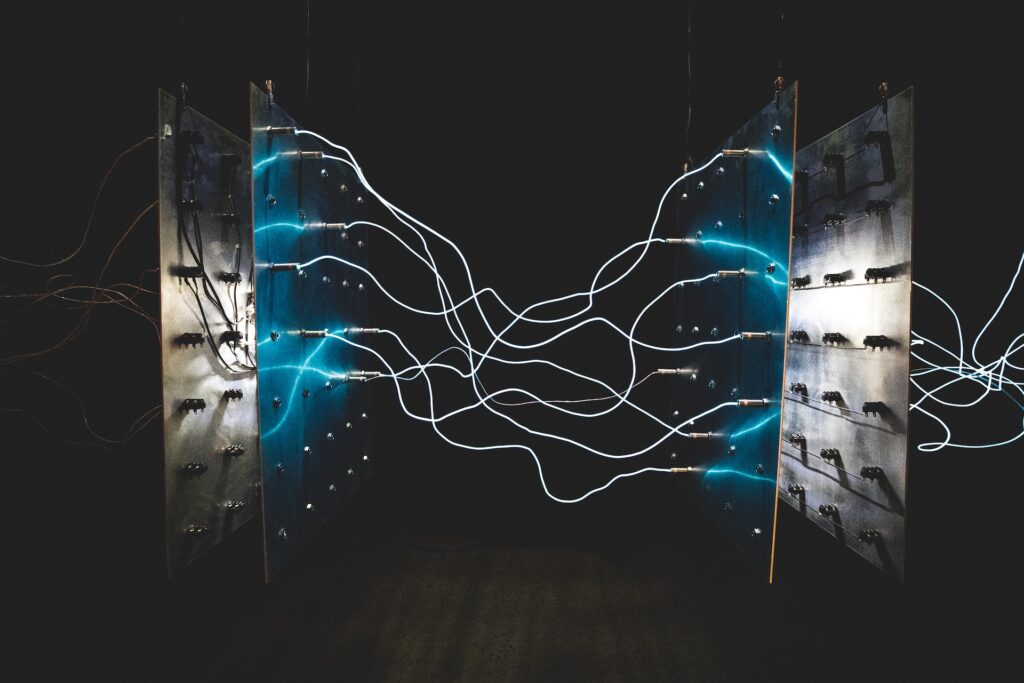Introduction: Piezoelectricity, a phenomenon discovered in the late 19th century, has revolutionized various fields of science and technology. This remarkable property allows certain materials to generate an electric charge when subjected to mechanical stress, and vice versa. In this comprehensive article, we will delve into the intricacies of piezoelectricity, exploring its principles, applications, and significance in today’s world.
What is Piezoelectricity?
Piezoelectricity refers to the ability of certain materials to generate an electric charge when mechanical stress is applied.
The term “piezo” is derived from the Greek word for pressure, emphasizing the relationship between mechanical force and electrical energy. Piezoelectric materials possess a unique crystal structure that enables them to exhibit this phenomenon, making them valuable for numerous applications.
How Does Piezoelectricity Work?
Piezoelectricity is based on the concept of a crystal lattice with positively and negatively charged ions. When an external force is applied to the crystal, it disrupts the equilibrium of the charges, causing a separation of positive and negative charges. This separation generates an electric field and an electric potential across the crystal, resulting in the production of electricity.
Types of Piezoelectric Materials
Piezoelectric materials can be categorized into two main types: natural and synthetic. Natural materials include quartz, tourmaline, and Rochelle salt, while synthetic materials encompass lead zirconate titanate (PZT), barium titanate, and lead metaniobate. Each material possesses unique properties, allowing for tailored applications across various industries.
The Piezoelectric Effect: A Closer Look
The piezoelectric effect is the fundamental principle behind the generation of electric charge through mechanical stress. When a piezoelectric material experiences pressure or strain, its crystal structure deforms, causing a redistribution of charges within the material. This redistribution produces an electric field, resulting in the generation of voltage and electric current.
Applications of Piezoelectricity
Piezoelectricity finds extensive applications across diverse fields. In healthcare, it is utilized in ultrasound imaging devices, where piezoelectric crystals convert electrical energy into high-frequency sound waves for diagnostic purposes. In the automotive industry, piezoelectric sensors enable airbag deployment systems and fuel injection control. Other applications include energy harvesting, sonar systems, vibration sensors, and precision control systems.
Advancements in Piezoelectric Technology
Over the years, advancements in piezoelectric technology have expanded its potential applications. Researchers are exploring new materials and fabrication techniques to enhance the efficiency and sensitivity of piezoelectric devices. Miniaturization has enabled the development of wearable electronics and implantable medical devices, further revolutionizing the fields of healthcare and consumer electronics.
Future Prospects of Piezoelectricity
The future of piezoelectricity holds great promise. With the increasing demand for clean and renewable energy sources, piezoelectric materials can be integrated into energy harvesting systems to convert mechanical vibrations into electrical energy. Additionally, the development of flexible and transparent piezoelectric materials opens up possibilities for their integration into smart textiles and flexible electronics.
Conclusion
Piezoelectricity has transformed the waywe harness and utilize electrical energy. From its humble beginnings to the present day, this phenomenon has made significant contributions to various industries, ranging from healthcare and automotive to energy harvesting and beyond.
As research and advancements continue, the potential applications of piezoelectric materials are expanding, paving the way for a future where this technology plays a crucial role in our daily lives.
By understanding the principles of piezoelectricity, appreciating the diverse range of materials, and exploring its applications, we gain a deeper insight into this remarkable phenomenon.
With its ability to convert mechanical energy into electrical energy and vice versa, piezoelectricity has become an invaluable tool for scientists, engineers, and innovators alike, driving progress and shaping the world we live in today.

